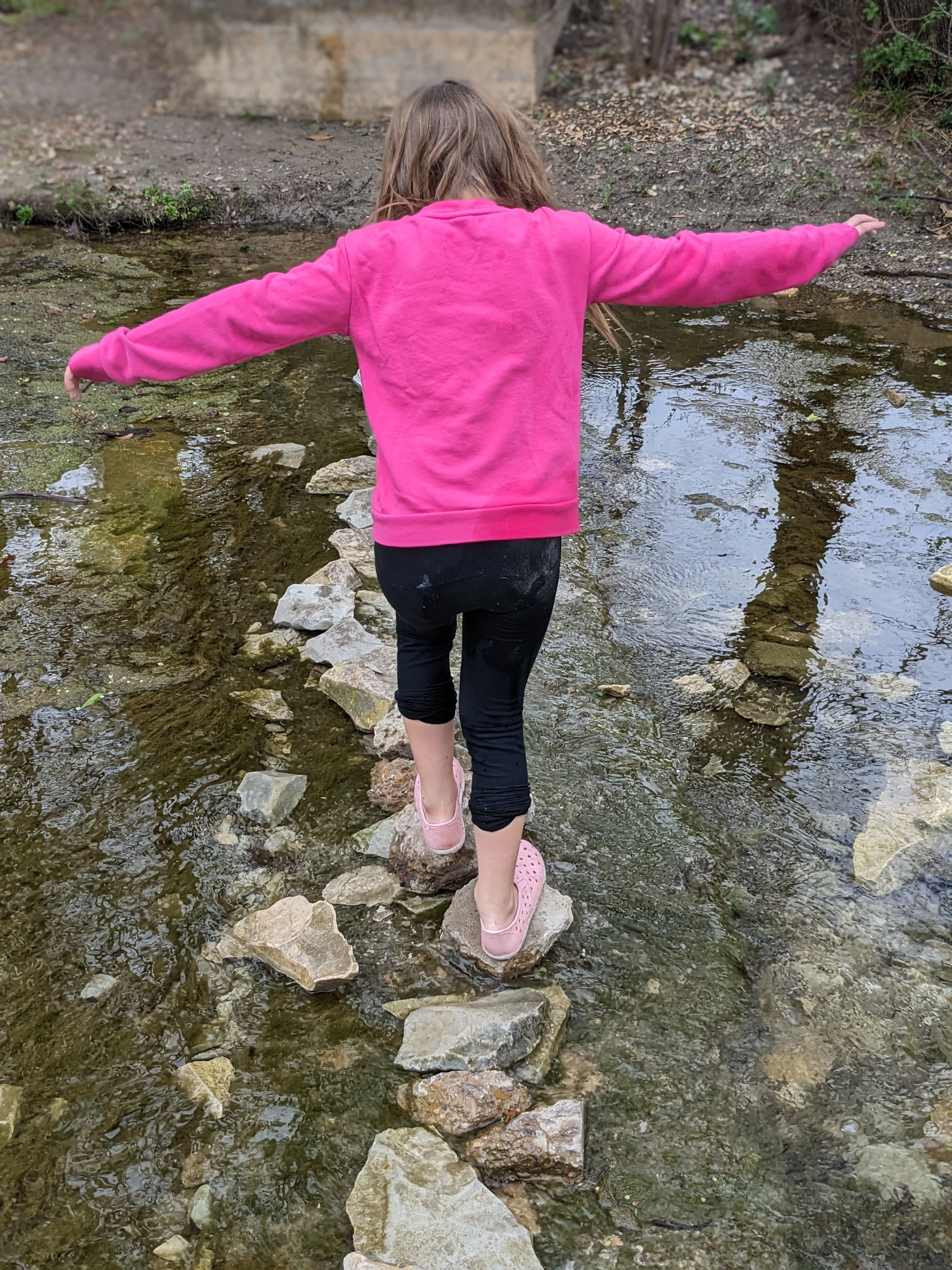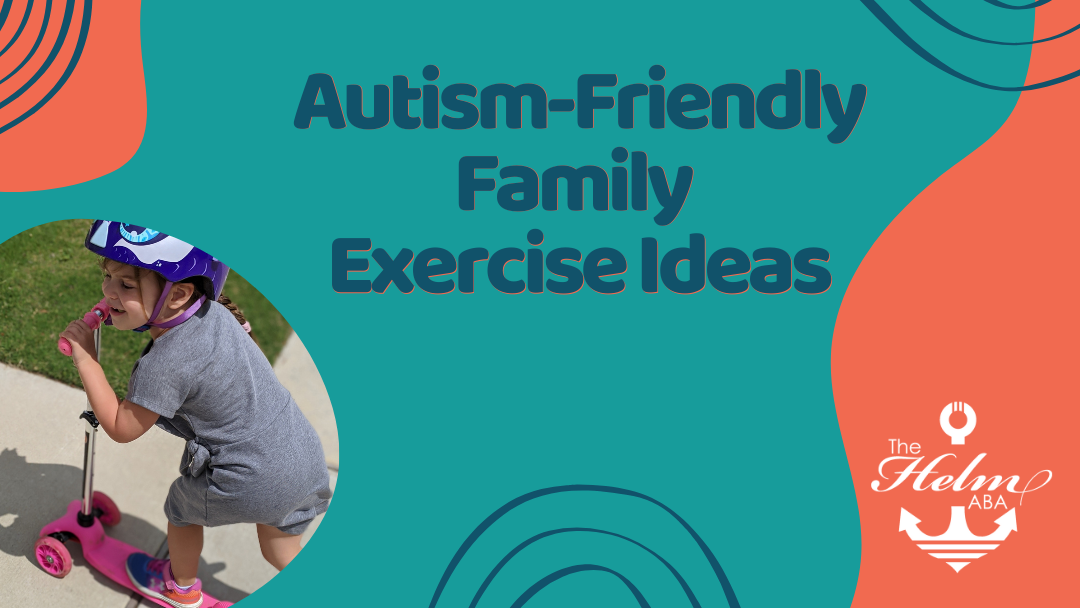Exercise is important for everyone, including children with autism. Regular physical activity helps keep our bodies healthy and can also reduce stress, improve mood, and boost energy. For children with autism, finding the right exercise can be a little tricky because of sensory sensitivities or difficulty with coordination. But there are many fun and autism-friendly ways to get moving that the whole family can enjoy together!
Here are some exercise ideas that are great for kids with autism and perfect for family bonding.
Walking or Hiking
Why It’s Great: Walking is simple, easy, and can be done anywhere. It’s a low-stress exercise that can be as calming or as challenging as you make it. Walking around your neighborhood or at a local park can be a great way to explore the outdoors while getting some fresh air.
How to Make It Autism-Friendly: Choose quiet, peaceful areas to walk if your child has trouble with loud noises or busy places. You can also let your child wear headphones to listen to calming music or nature sounds while walking.
Swimming
Why It’s Great: Swimming is a fun, full-body workout that improves strength, coordination, and flexibility. The water can be soothing for many children with autism, helping them feel more relaxed while they exercise.
How to Make It Autism-Friendly: Find a quiet pool with fewer distractions, or visit during less crowded times. Some local pools may even offer special swim times for children with sensory sensitivities.
Yoga
Why It’s Great: Yoga helps improve balance, flexibility, and strength, while also teaching kids how to calm their minds. Many children with autism enjoy the slow movements and deep breathing that come with yoga.
How to Make It Autism-Friendly: Follow simple, kid-friendly yoga videos at home. You can also create a calm, sensory-friendly space by dimming the lights or using a yoga mat in a quiet room. Start with basic poses and go at your child’s pace.
Dancing
Why It’s Great: Dancing is a fun way to get moving and doesn’t feel like exercise. It improves coordination, balance, and can even boost mood. Plus, it can be a great way for the whole family to have fun together.
How to Make It Autism-Friendly: Choose your child’s favorite music and create a dance party at home. If your child is sensitive to loud noises, keep the volume at a comfortable level. You can also try different styles of dance to see what they enjoy the most.
Trampoline Play
Why It’s Great: Jumping on a trampoline is a great way to burn energy while improving coordination and balance. The bouncing can also have a calming, rhythmic effect that many children with autism enjoy.
How to Make It Autism-Friendly: Use a small trampoline with a safety handle if you’re playing indoors. Always make sure there’s enough space around the trampoline to avoid any accidents. You can also encourage your child to jump at their own pace, making it a low-pressure, fun activity.
Obstacle Courses
Why It’s Great: Creating an obstacle course at home or in the backyard can turn exercise into a fun game. This helps children with autism work on their motor skills, coordination, and focus, all while having a great time.
How to Make It Autism-Friendly: Use soft items like pillows, foam blocks, or hula hoops to create a course. Make it simple at first, then gradually increase the challenge based on your child’s comfort level. Let them move through the course at their own speed without pressure to “win” or “race.”
Biking or Scootering
Why It’s Great: Riding a bike or scooter is a great way to improve balance, coordination, and motor skills. It’s also an outdoor activity that the whole family can do together, making it a fun and active way to spend time outside.
How to Make It Autism-Friendly: Start by practicing in a quiet, low-traffic area, like an empty parking lot or quiet park. If your child finds balancing tricky, try using a bike with training wheels or a balance bike. Always encourage your child to go at their own pace.
Interactive Video Games
Why It’s Great: Some video games encourage movement, like dancing, sports, or fitness games. These games can be a great way to get your child moving indoors, especially if they enjoy using technology.
How to Make It Autism-Friendly: Choose games with simple instructions and calming visuals. Games that use a motion-sensor, like those on the Nintendo Switch or Xbox Kinect, can help children with autism practice their coordination in a fun, low-stress way.
Tips for Family Exercise Success
- Start Small: Begin with short sessions and build up gradually as your child gets more comfortable with the activity.
- Make it Fun: Exercise doesn’t have to be serious! Turn activities into games, challenges, or family competitions to keep your child engaged.
- Follow Their Lead: Pay attention to what your child enjoys. If they prefer one activity over another, focus on that to make exercise a positive experience.
- Be Flexible: Some days your child may not feel like participating, and that’s okay. Being flexible and patient is key to making exercise enjoyable for everyone.
Conclusion
Exercise can be a wonderful way for the whole family to bond and stay healthy together. By finding autism-friendly activities that your child enjoys, you can help them stay active while having fun. Whether it’s swimming, walking, or dancing, there’s a way for everyone to get moving!

